For the vintage car enthusiast, owning a vintage vehicle is like owning part of history. A vintage car is a time machine of sorts, a piece of history and art, and a thing of beauty – a reflection of an artisan culture absent from so many modern automobiles.
But how do you preserve that beauty, and what keeps the vintage car enthusiast up at night? we will provide simple, practical, step-by-step tips and tricks to keep your vintage beauty on the road looking as if it rolled off the assembly line that same day.
Understanding The Basics
The first thing to appreciate is that ‘preserved’ isn’t simply the antonym of maintained, or ‘mechanically actuated’, or the opposite of a piles-of-parts, entirely-rebuilt car. On a basic level, preservation indicates that the car has kept its entire surface and interior more or less unchanged throughout the decades of its existence.
Why is it important?
- Value Retention: Vintage cars (original condition) tend to either stay at the same price or increase in value.
- Aesthetics: A vintage car is beautiful if and only if it looks as it would have when it was new – the paint, the chrome, the fabrics, and all, along with every scratch, dent, patina, and loose panel.
- Authenticity: Car enthusiasts and collectors often value originality over modifications or restorations.
Start with a Thorough Inspection
Evaluate the Car’s Current Condition
Assess the car where it now sits: How much rust is there? Where did the paint chip away? What state is the interior in? Is the car mechanically sound? What’s the priority list? What appointments can you schedule for next month or even next year?
Create a Preservation Plan
Decide what needs to be done and number the priorities (some tasks may be only a quick wipe down, while others may require more extensive paint touch-ups or chrome re-chroming).
Cleanliness is Key
Regular Washing
The paint and chrome will eventually get worn down by dust, dirt, and grime – simple washing will help stop that damage from occurring. If you want to use commercial car washing, make sure you use soft microfiber cloths and car wash soaps that are gentle on your exterior.
Waxing and Polishing
A coat of wax will add to the protection offered by the paint. Your car will feel like brand-new when you leave it coated with a wax finish. Use carnauba wax, and get to waxing regularly, preferably once every two to three months.
Detailing the Interior
Give it a once-over. If they’re not maintained, the dashboard and seats will start to show wear within a few years. Use the mildest cleaners available, such as diluted car soap or a non-silicone-based cloth cleaner. If the car has leather seats, use a conditioner. This will keep the leather soft and help prevent it from cracking.
Protecting the Exterior
Paint Protection
If the paint is original, you’ll want to preserve it as much as possible. A clear paint protection film (PPF) (XPEL is a good example) can help mitigate light scratches and UV damage without altering the car’s appearance.
Rust Prevention
Rust is the arch-enemy of the vintage car. Look regularly for signs of rust and treat them when they appear. Keep the car in a dry, climate-controlled environment as much as possible.
Maintaining the Interior
Upholstery Care
The interior upholstery of vintage cars is often made of materials that require special handling. Avoid harsher chemicals and use a mild cleaner and conditioner for vintage material instead.
Dashboard and Controls
Dials and controls on vintage dashboards, as well as exterior trim, can also dry out over the years, crack, and fade. Using protective products intended for older vehicles can help maintain the material and prevent sun damage.
Floor Mats and Carpets
Shampoo and vacuum the carpet and floor mats weekly. Take a more serious, precautionary approach when shampooing, as any detergents or excessive moisture can damage vintage materials. If the mats are too deteriorated, replace them with new ones (or replicas if you want to keep the look authentic.
Mechanical Preservation
Engine and Transmission
it’s good to keep the exterior looking good, but the mechanical stuff should be seen too. I’ll change the oil regularly, check the levels of all the fluids, including the transmission, and go in for regular tune-ups.
Cooling System
Many vintage cars feature cooling systems that can rust with age. Check coolant regularly and replace it accordingly. You should also flush the system from time to time so that no deposits accumulate.
Brake System
The brake system on an older car can deteriorate, thus creating a condition that makes it unsafe to drive. Inspect the brakes periodically to make sure the brake pads, rotors, and fluid are in good condition. When replacing, it is important always to use authentic or quality reproduction parts to retain the original look.
Storage Solutions
Indoor Storage
To prolong the life of a luxury vintage car, it should be kept inside a garage. A garage with a controlled climate would be ideal, as the temperatures and humidity would remain the same, preventing rust and car parts from deteriorating from the weather.
Car Covers
If indoor storage is not possible, you should invest in a good car cover. You want it to be breathable to avoid moisture retention and soft enough not to scratch the paint.
Avoid Long-Term Outdoor Exposure
Vintage cars need to handle sun, rain, and wind well. If you can’t store your car inside, park it in the shade. Use a car cover, too.
Documentation and Provenance
Keep Records
Keeping track of all recorded work done on the car (parts receipts, work performed statements, and history of the car).
Photographic Evidence
Take photographs of all of this at every step of the way. Take photos of the car in its entirety, front and back, above and below, and every detail. The photographs will be invaluable for documenting the car’s condition at a certain time and helping to prove that the car’s condition at a certain time was as it appears in the photo.
Engaging with the Community
Join a Car Club
Joining a car club is another option worth considering if you own a vintage car. It offers opportunities to meet people who have a passion for old motor vehicles. You will be able to get advice, specialist support, and access to services for maintaining and preserving vintage cars.
Attend Car Shows
Not only do you get an opportunity to boast about your pride and joy, but you can also learn the ins and outs of keeping your car in tip-top condition from friends if they and you share the same hobby.
Using Professional Help
Consult Experts
Better yet, consult a pro. An old car has special needs, and the advice of a conservator can ensure the right approach.
Regular Professional Inspections
For example, book regular check-ups with a mechanic who specializes in vintage cars to catch little problems before they become big ones.
Personal Anecdote
And here is a tale about my 1967 Mustang. A friend bought it from his dad long ago and shelved it out back in his barn. Dust covered up the exterior. Interior reeked with old-book odor.
I sunk into the weekends doing thorough cleaning, polishing, and tune-ups, replacing and restoring worn-out parts. Finding original accessories and even bolts proved agonizing.
I visited swaps, online fora, and junk yards, always on the quest to acquire the needle in the haystack. It’s all been worth it. Taking it for drives bars me time-warped to another humid summer day of my 1970s adolescence. The work proved to me the virtues of patience and detail.
Final Thoughts
The parent wanted input about a car. Here is the paraphrased response, retaining quotes and citations: Preserving the original patina of a vintage car is an ongoing process that involves time, dedication, and a little luck.
If You Were Me and Doing What, I Would … keep it running by cleaning and waxing it. I would also consult a specialist and share my prize with others in my community.
Owning a vintage car is, if nothing else, a labor of love. But if you’re willing to accept that fact at the onset, you can ensure your classic beauty remains perfectly preserved for decades.
FAQs
How often should I wax my vintage car?
Waxing every three months is ideal to protect the paint and keep it shiny.
Can I use modern cleaning products on my vintage car’s interior?
It’s best to use products specifically designed for vintage materials to avoid damage.
What’s the best way to prevent rust on my vintage car?
Put it somewhere dry and climate-controlled, and check and treat rust as soon as you see it.
Should I drive my vintage car regularly?
Yes, driving once in a while is a good way to keep the mechanical parts working. However, avoid the intense weather.
How do I find original parts for my vintage car?
Search car shows, classic car forums, and specialty shops. Social networks can also be a wealth of referrals.

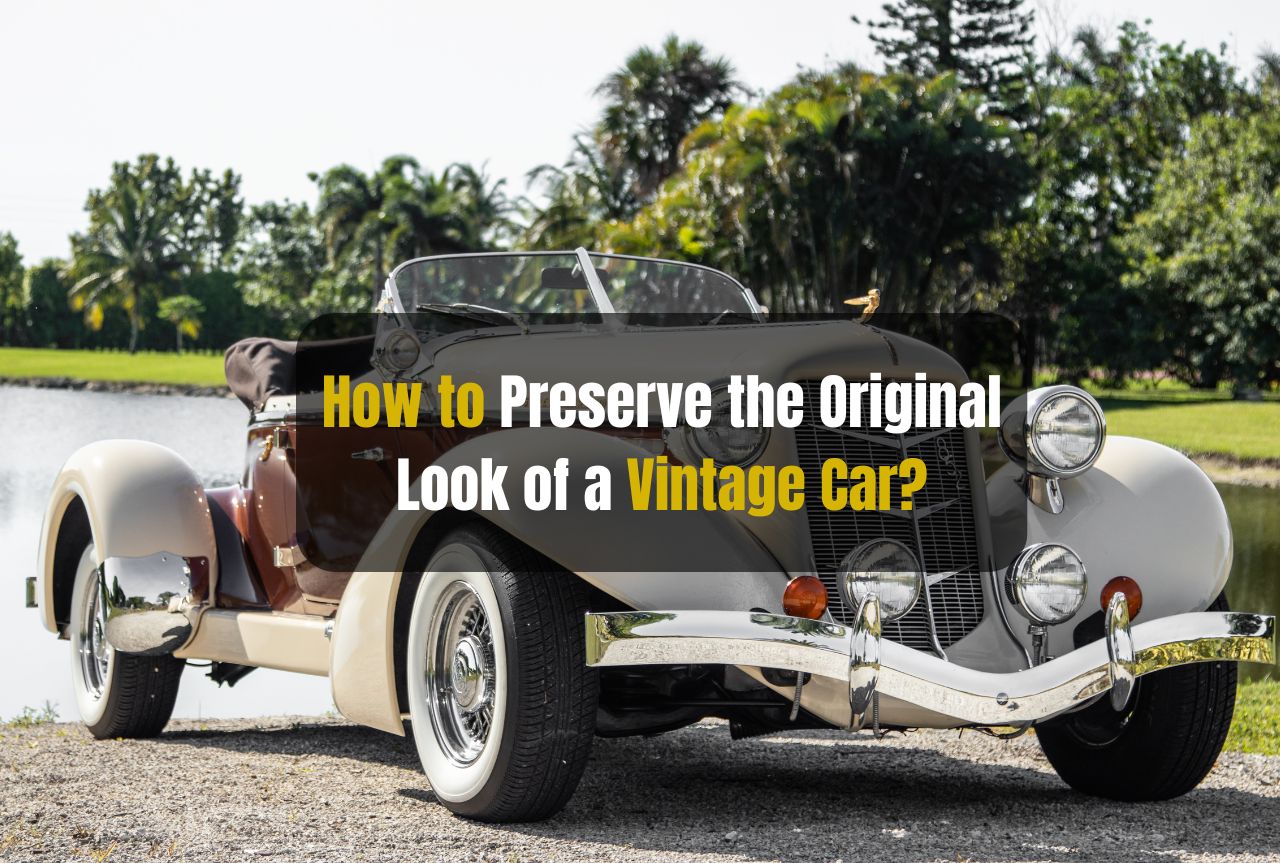
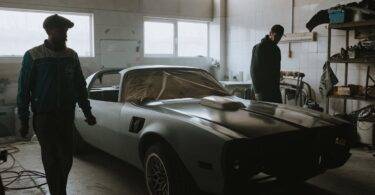

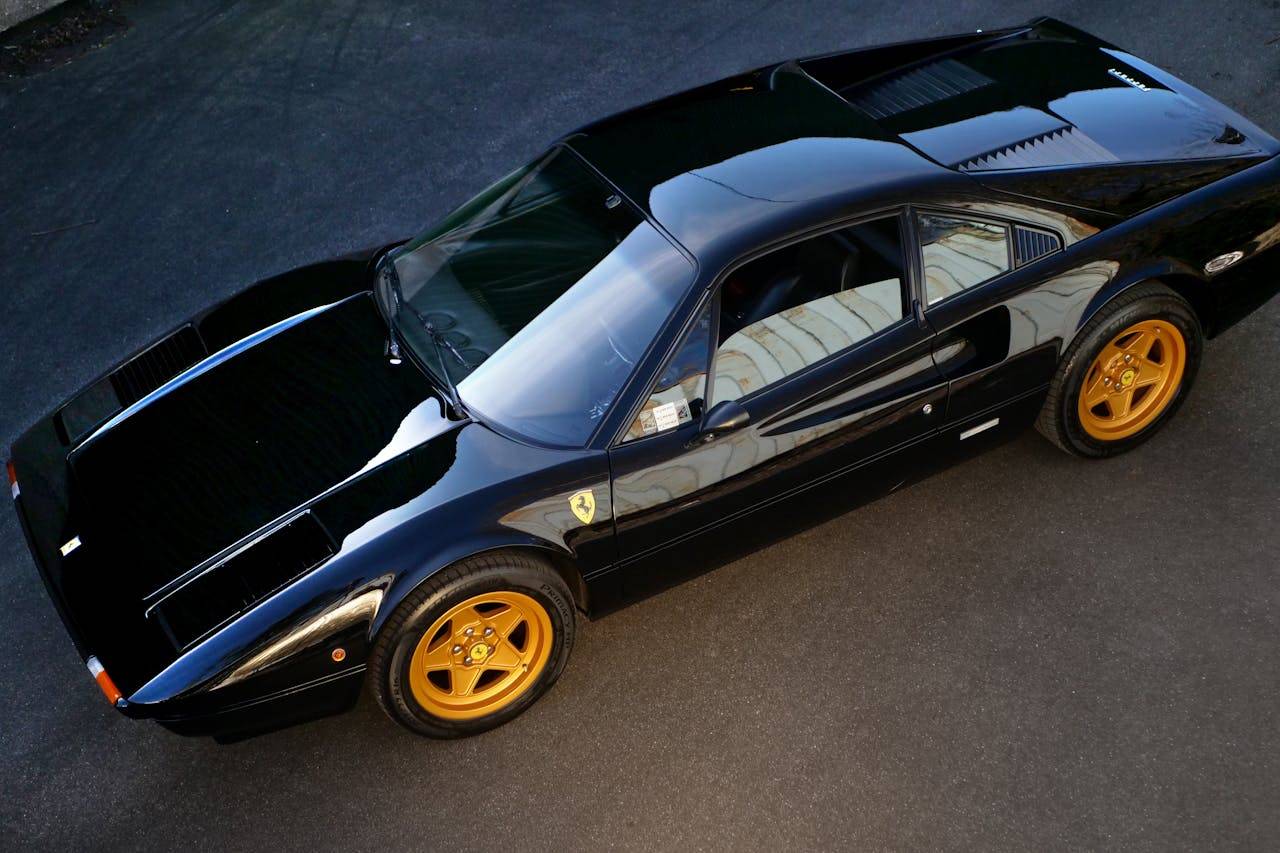
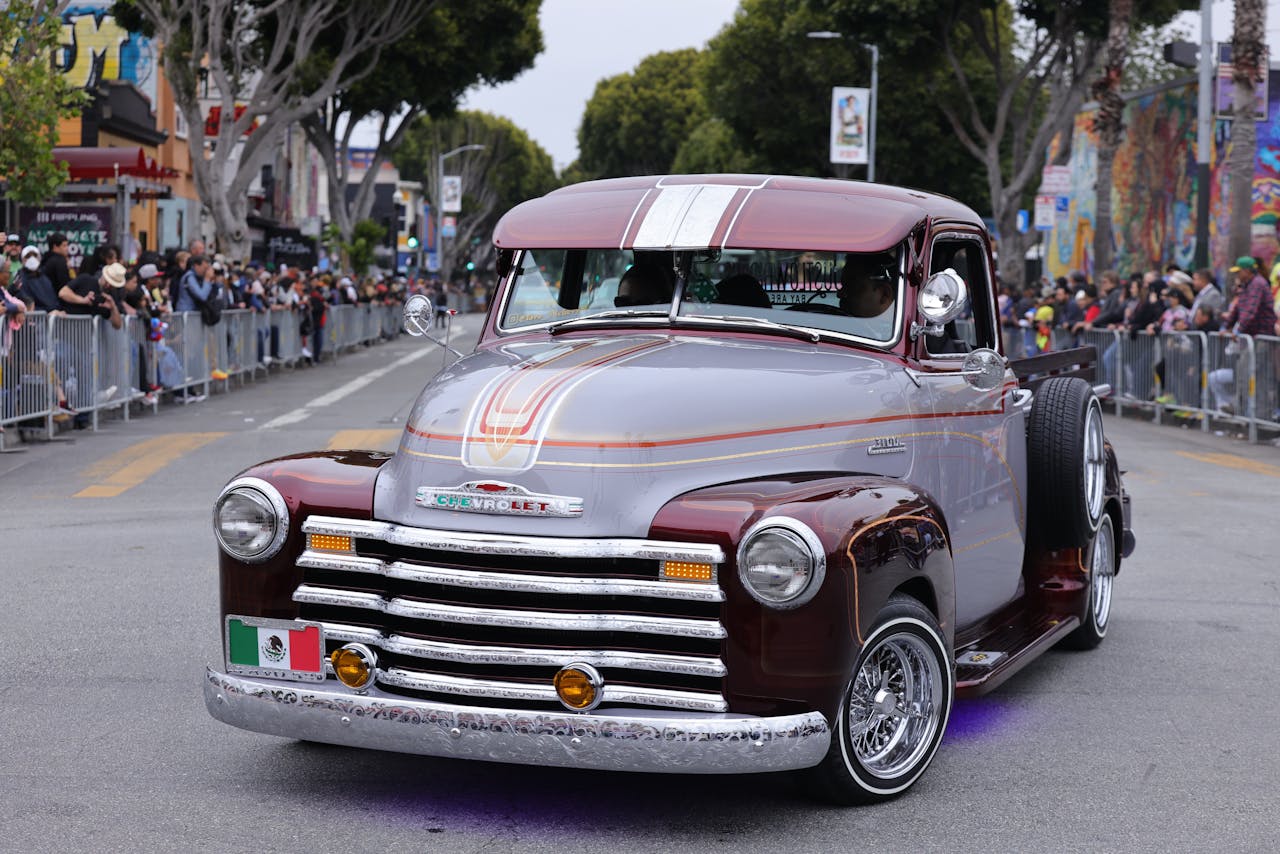
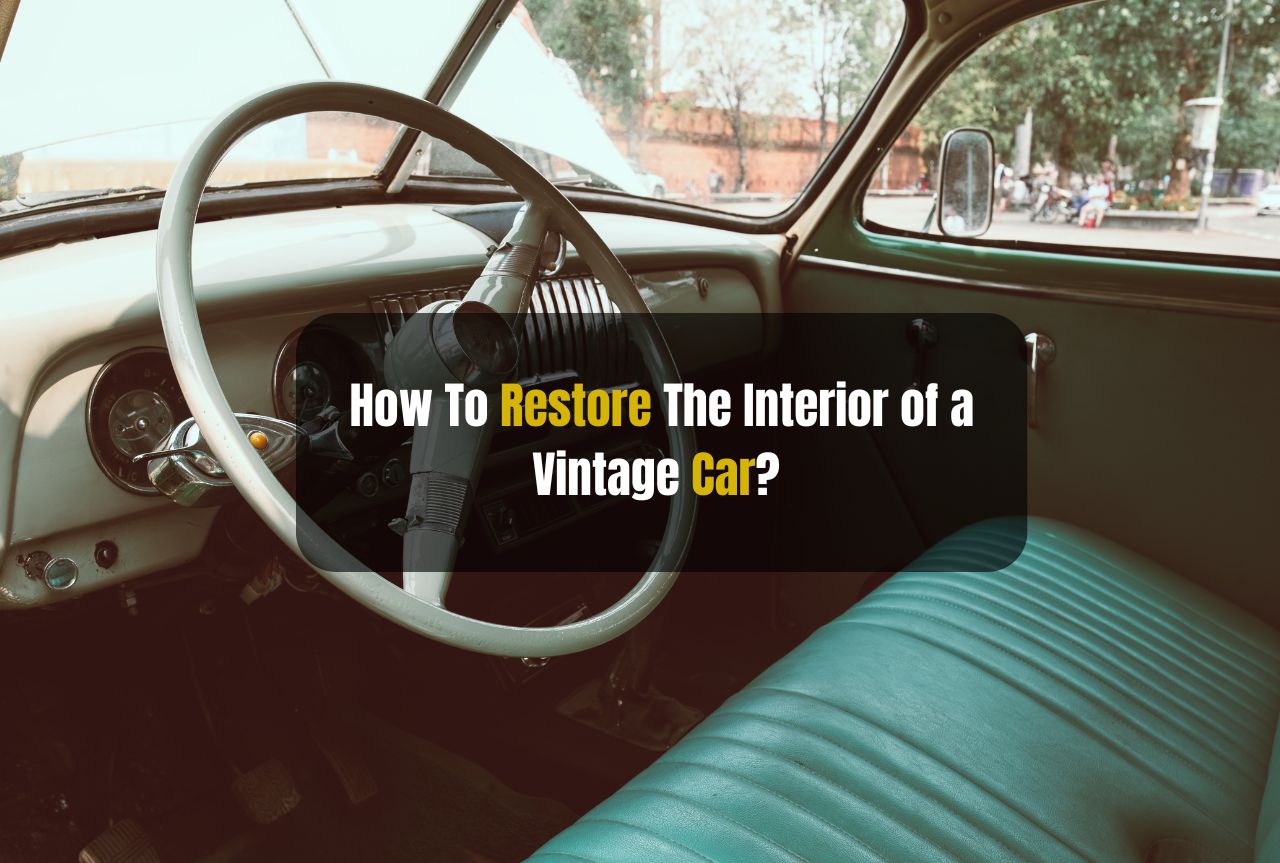
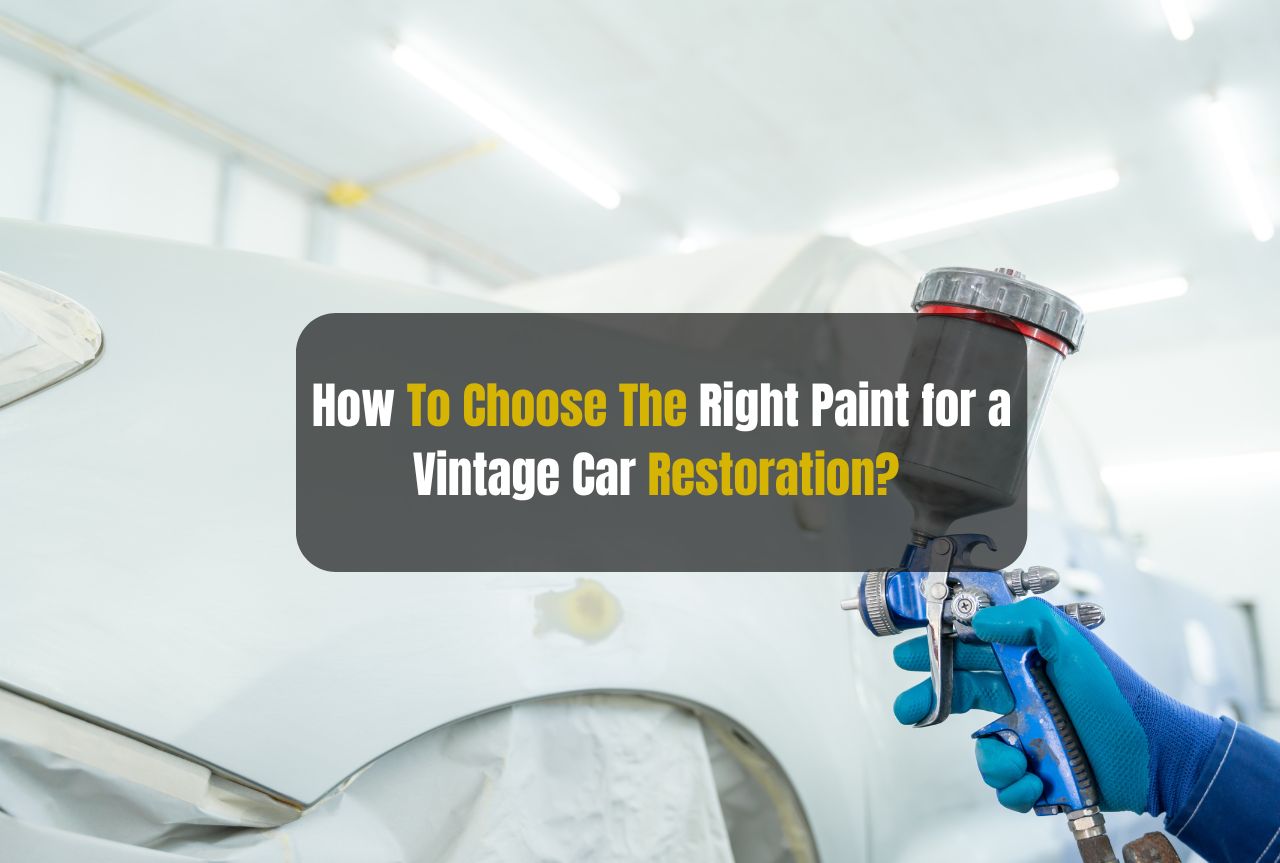
Leave a Comment